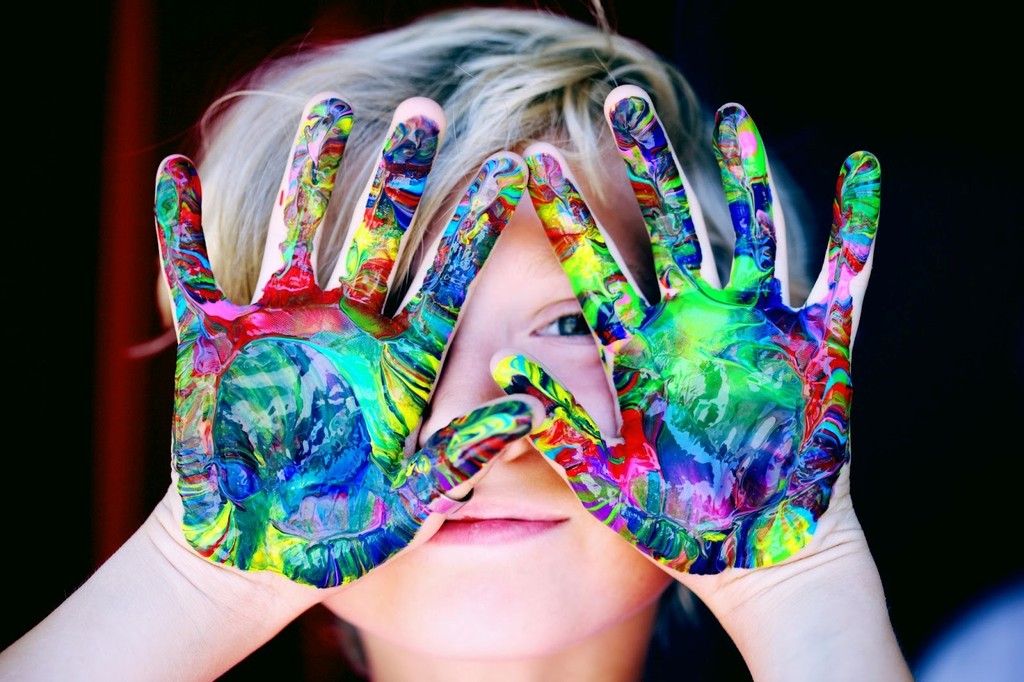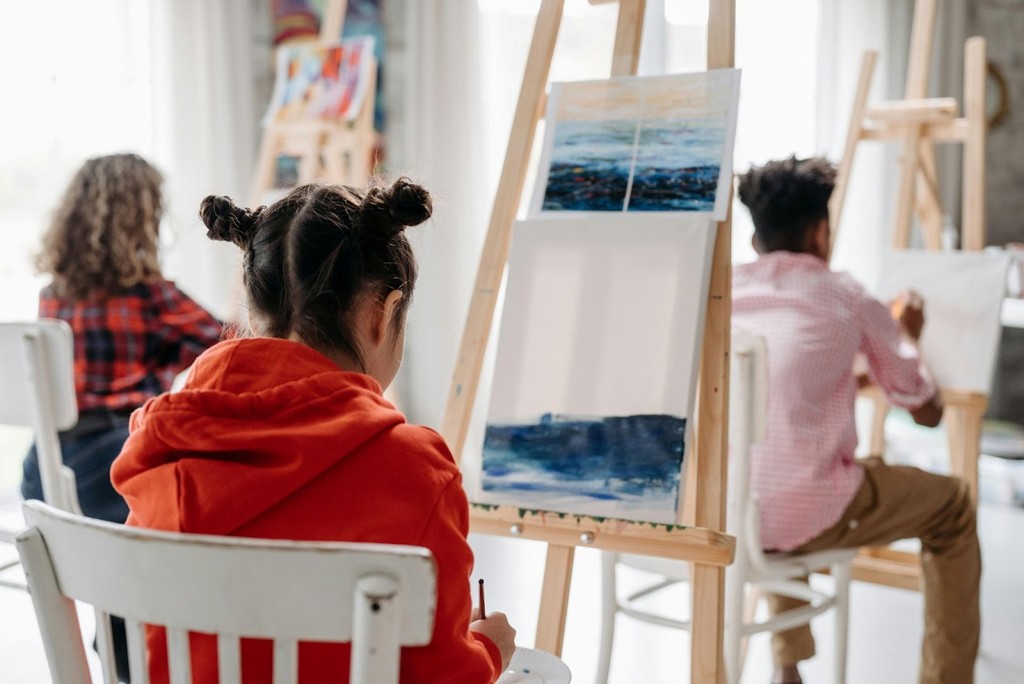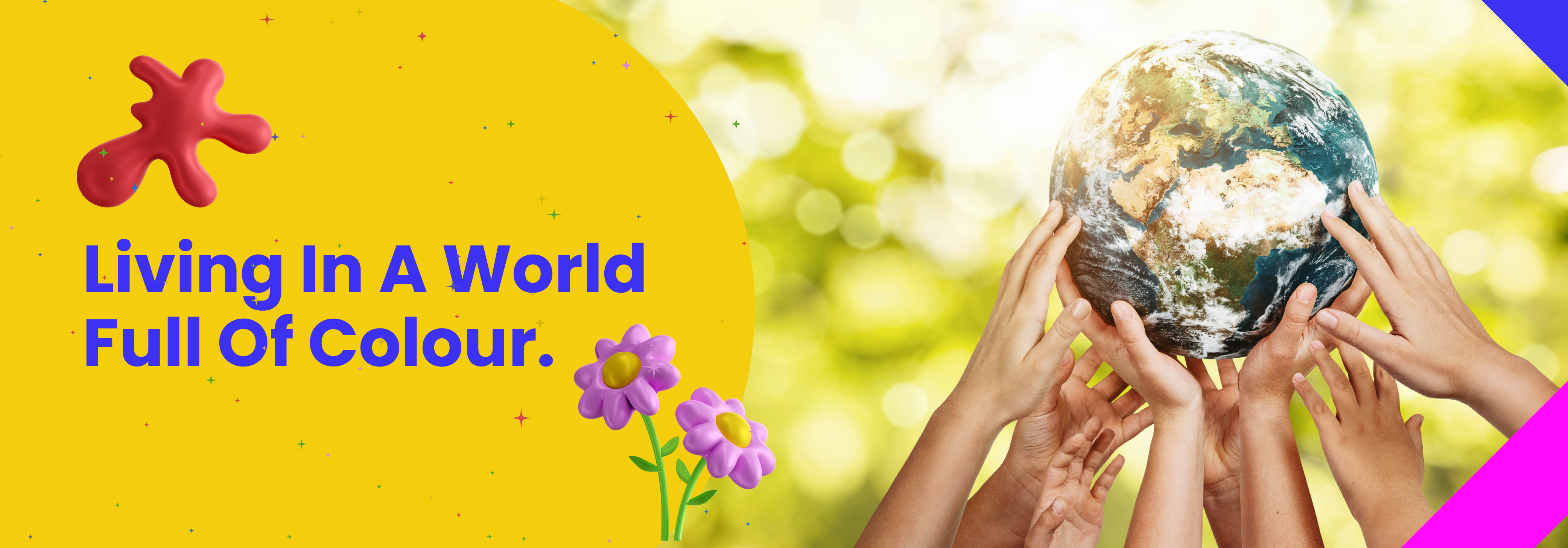Unlocking the Power of Colour Therapy in Learning and Well-being
Unlocking the Power of Colour Therapy in Learning and Well-being
Colour therapy, also known as chromotherapy, is a fascinating technique that uses colours to promote mental, emotional, and physical well-being. At Universal Wisdom Schools, we believe that learning goes beyond books—it’s about nurturing holistic growth. Incorporating colour therapy in education offers a unique way to enhance the learning environment for both students and teachers.
In this blog, let’s explore the concept of colour therapy, its benefits, and how it can be implemented in classrooms and homes to improve focus, creativity, and emotional balance.
In This Blog
- What is colour Therapy?
- How colours Affect Mood and Learning
- Benefits of colour Therapy for Students and Teachers
- How to Use colour Therapy in Schools
- Key Takeaways
What is Colour Therapy?
Colour therapy is the practice of using specific colours to influence mood, behavior, and well-being. Each colour in the spectrum has a unique wavelength and energy that can evoke particular emotions and responses.
For example:
- Blue: Calms the mind, promotes focus, and reduces stress.
- Yellow: Boosts happiness, creativity, and motivation.
- Green: Encourages harmony, balance, and growth.
- Red: Energizes and inspires action.

Colour therapy has been widely studied for its positive impact on mental health, productivity, and learning outcomes, making it an effective tool in modern education.
How colours Affect Mood and Learning
colours can shape a student’s environment and influence their emotional state and cognitive abilities.
| Colour |
Effect on Students |
| Blue |
Improves focus, reduces anxiety, and enhances concentration. |
| Yellow |
Encourages creative thinking and enthusiasm for learning. |
| Green |
Creates a calming atmosphere that promotes well-being. |
| Red |
Stimulates energy but should be used sparingly to avoid overstimulation. |
| Purple |
Sparks imagination and creative thought processes. |
Benefits of colour Therapy for Students and Teachers
- Enhances Focus and Productivity:
Strategically using calming colours like blue or green in classrooms can help students stay focused during lessons.
- Boosts Creativity:
Yellow and purple can inspire creative problem-solving and artistic expression, vital for holistic development.
- Reduces Anxiety:
For students who feel overwhelmed, soft shades of green or blue can create a more soothing learning environment.
- Improves Emotional Regulation:
Warm colours like orange can promote feelings of comfort and positivity, encouraging students to open up and share their thoughts.
- Supports Teachers:
A thoughtfully designed classroom with balanced colours can help teachers maintain a calm and energized demeanor, ensuring effective teaching.

How to Use Colour Therapy in Schools
- Classroom Design:
- Use green boards or blue accents to create a calm and focused environment.
- Add yellow posters or decorations in art and creativity spaces.
- School Uniforms:
- Include balanced colour schemes that inspire confidence and inclusivity.

- Colour-Coded Study Materials:
- Highlight important notes in specific colours to improve memory retention (e.g., red for key points, yellow for creative ideas).
- Colour-Themed Activities:
- Plan “Colour Days” where students learn about and engage with the properties of different colours.
- Include art and craft sessions where children use specific colours to express emotions or solve problems.
- Meditation and Relaxation Spaces:
- Design these areas with soft hues like lavender, green, or beige for a tranquil environment.
FAQs on Colour Therapy
Q: What is the role of colour therapy in education?
A: colour therapy helps create an environment conducive to learning by influencing students’ moods, focus, and creativity.
Q: Can colour therapy help with anxiety in students?
A: Yes, calming colours like blue and green can reduce stress and anxiety, creating a positive atmosphere for learning.
Q: How can teachers incorporate colour therapy in lessons?
A: Teachers can use colour-coded charts, themed decorations, or specific colours in assignments to improve engagement and retention.
Q: Is colour therapy scientifically proven?
A: While more research is needed, many studies show the psychological and physiological effects of colours on mood and behavior.
Q: Are certain colours better for specific subjects?
A: Yes, blue works well for math and science to enhance focus, while yellow and purple can inspire creativity in art or literature classes.
Key Takeaways
- Colour therapy is a simple yet powerful tool to enhance learning and emotional well-being.
- Strategic use of colours in classrooms can improve focus, creativity, and behavior.
- Teachers and parents can integrate colour therapy into daily activities to make learning more engaging.
Actionable Steps for Teachers and Parents
- Introduce calming colours in study spaces to reduce stress.
- Use colourful visuals and materials to maintain students’ attention.
- Encourage students to use colour-coded notes for better organization and recall.
- Conduct fun activities, like “Colour Psychology Day,” to teach students about the emotional impact of colours.
At Universal Wisdom Schools, we understand that holistic education is about nurturing every aspect of a child’s development. By embracing innovative techniques like colour therapy, we aim to create a positive, inclusive, and dynamic environment where every student can thrive.
By implementing these insights, teachers and parents can unlock the potential of colour therapy, helping children excel academically and grow emotionally. Let’s brighten the path to learning, one colour at a time!



